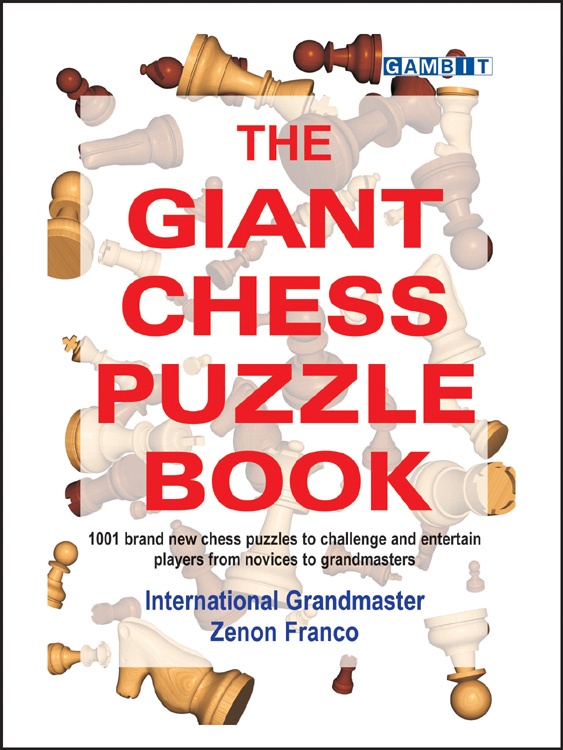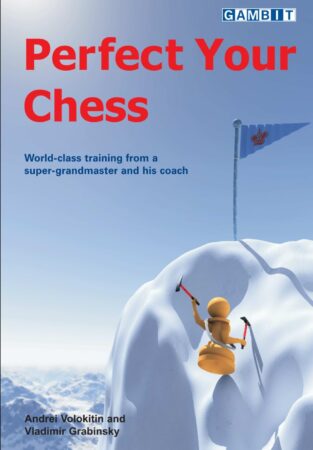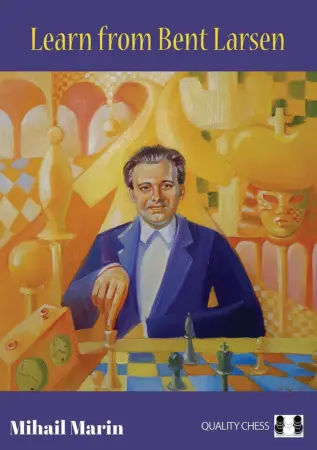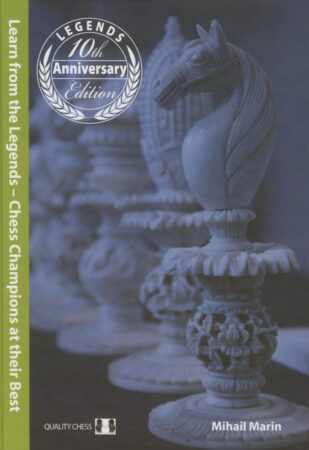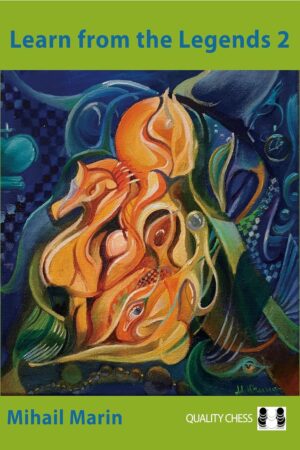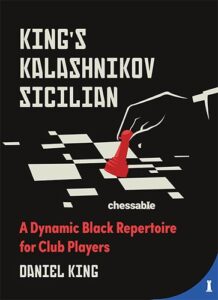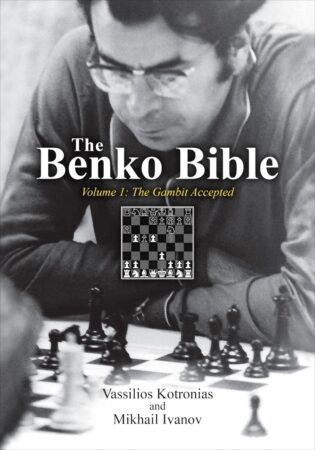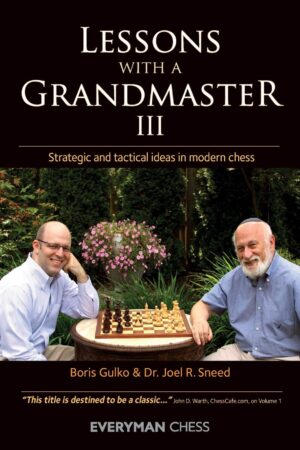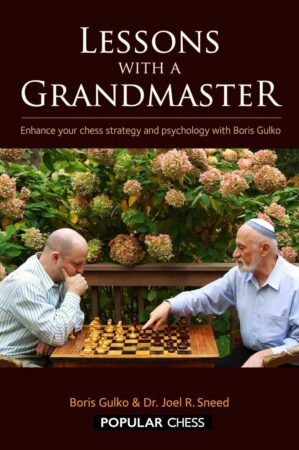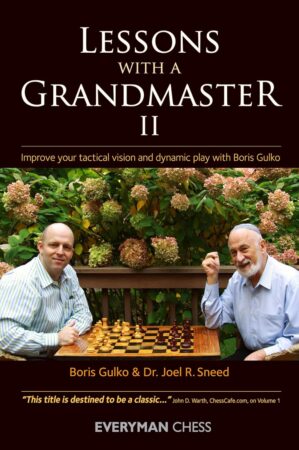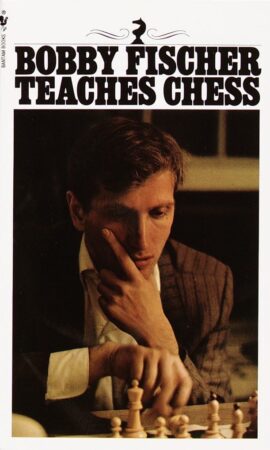Let me begin by saying that this is by far the best puzzle collection I’ve ever been through. The Giant Chess Puzzle Book offers 1001 previously unseen problems with varying difficulty and theme. Conceptually, it’s a test of your tactical abilities, with several parts of the test, each scored. The scores can be translated into rating points. There is something very enjoyable about solving tests and being graded. I think Franco created a great “thermometer” of tactical pattern recognition and calculation, with which any chess player, regardless of their strength can get a correct measure of how good they are and what they have to work on.
The Giant Chess Puzzle Book is a great resource for beginners and advanced players alike. It begins by covering every important tactical theme, concept and pattern one needs to understand in order to solve puzzles successfully and efficiently. Franco covers pins, overworked pieces, discovered attacks, double attacks, deflection, skewers, zugzwang, zwischenzug, and much more in the first part of the book, arming those unfamiliar with the basics to their teeth with essential knowledge. The book continues with a set of elementary, introductory problems, many of which are accompanied by written hints, something many tactics books lack. These verbal pointers are of great value. Not just making the solutions more apparent, but also teaching you what to focus on when looking at complex positions, and teaching you what signals that a combination is possible.
From here, things get more difficult. The rest of the positions are harder, in increasing difficulty, but still accompanied by hints to start with, making each chapter easy to approach, and each set of problems more understandable for inexperienced players.
My favorite part of the book is the one on defense and counterattack, an area of chess often neglected in collections of tactical problems. It will teach you invaluable skills for navigating worse positions.
The Giant Chess Puzzle Book ends with a set of problems so difficult, that my completion rate was 52%. And I tried hard. I don’t remember failing so miserably when solving positions from a book, other than when I went through Aagaard’s Calculation for the first time. The final problem set is meant for very strong players, GM strength.
Now as to the structure in a bit more depth. The Giant Chess Puzzle Book isn’t clearly divided into sections of the game, opening to endgame, but it does include separate sets of puzzles on each part of the game. Each chapter has two types of puzzles – puzzles with hints, and puzzles without hints. Within both groups (on a scale of 1-5, 5 being most difficult), the puzzles are sorted in order of increasing difficulty. Each problem is attributed to a game, which is very useful. I like to go over entire games when I fail a problem, in order to learn it better. That way I got to see what led to the puzzle pattern being playable, and what the actual outcome was.
I recently interviewed GM Aagaard, the author of the GM Preparation series and one of the top chess coaches of all time. Among other topics, we spoke about calculation and tactics training. He emphasised the quality of material being of immense importance. Books, not puzzles online, is his opinion. Finding good, well curated collections of tactical problems is difficult. The Giant Chess Puzzle Book is great training material for players of all levels. Go through it instead of solving computer-generated online problems, you will see the benefits!

